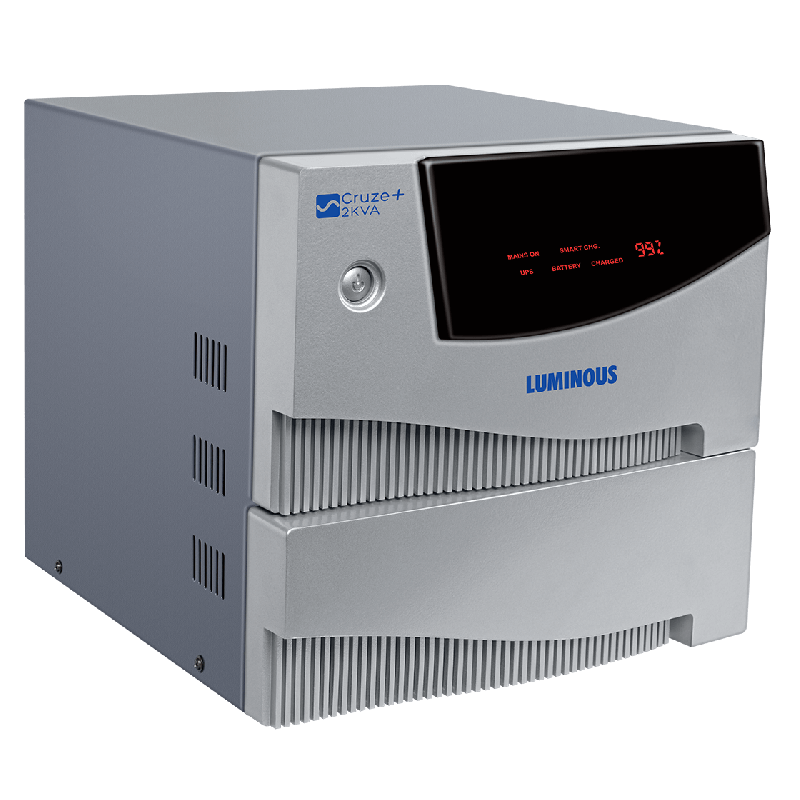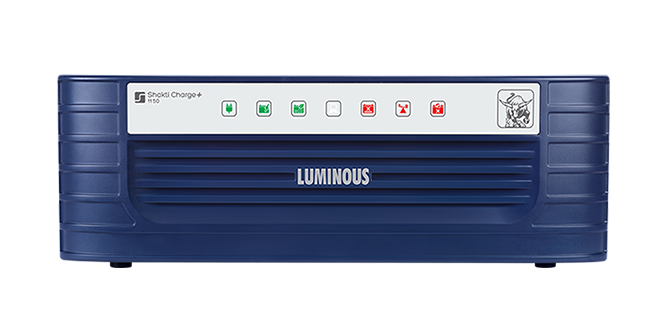
Inverters: Why Is It So Important?
The turn of the 20th century brought about many important inventions that would change how we live our lives. From aeroplanes to automobiles, these inventions would revolutionize the world. Electricity was one of the more important and crucial discoveries of the 19th century, but scientists and engineers failed to fully understand it, up until the late 1890s when certain breakthroughs were made. By the time the First World War rolled around, almost all of Europe and America had access to it. Now, after the first decade of the 21st century, almost every single country in the world has access to some form of electricity or the other.
The inverter is an overlooked and underrated invention. The role it plays in many third world countries is very crucial. An inverter basically converts Direct Current (DC) to Alternating Current (AC). In places where electricity is scarce, an inverter can convert, battery or generator power (DC) to AC, which most appliances are compliant with. Every household should have one, in any case of power cuts or shortages. It is easy to purchase one there are many variants of inverter online. A click of a button and one can select from a variety of best luminous inverter for home.
Apart from its main use as a household and industrial device, an inverter also can be used in other very specific ways. Some of its applications are:
Refrigeration compressors:
An inverter can control the speed of the compressor motor, which drives the variable refrigerant flow in an air-conditioning or refrigeration system. This regulates system performance and reduces power usage. These installations are called inverter compressors. Traditionally a single-speed compressor uses a stop-start cycle, which is not very efficient. These inverter systems use a variable-frequency drive that controls the speed of the motor. It uses a brushless or induction motor whose speed is roughly proportional to the AC it receives. A microcontroller monitors the temperature and adjusts the speed of the compressor to maintain the said temperature.

Solar Inverter:
This type of inverter is a Balance of System (BOS) component of a photovoltaic array. It can be used for both grid-connected and off-grid systems. They have very specific functions when attached with a photovoltaic system, which are maximum power point tracking and anti-islanding protection. These are micro-inverters often attached to individual solar panels to improve efficiency; the output from each inverter is then combined and then fed to the electrical grid.
Electroshock Weapons:
Devices such as a Taser, have a DC/AC inverter to generate several tens of thousands of volts of AC out of a small 9V DC battery. The process involves converting the 9V to 400-2000V DC, which is rectified and then stored in a high voltage capacitor until a set threshold is reached. After reaching the threshold, the capacitor dumps the entire load on a pulse transformer, which then steps it all the up to its final output voltage of around 20-60kV.
Inverters are fundamental devices, with a multitude of uses and function. As time progresses their purpose might change but it will remain a device of great importance.

This blog is really impressive.